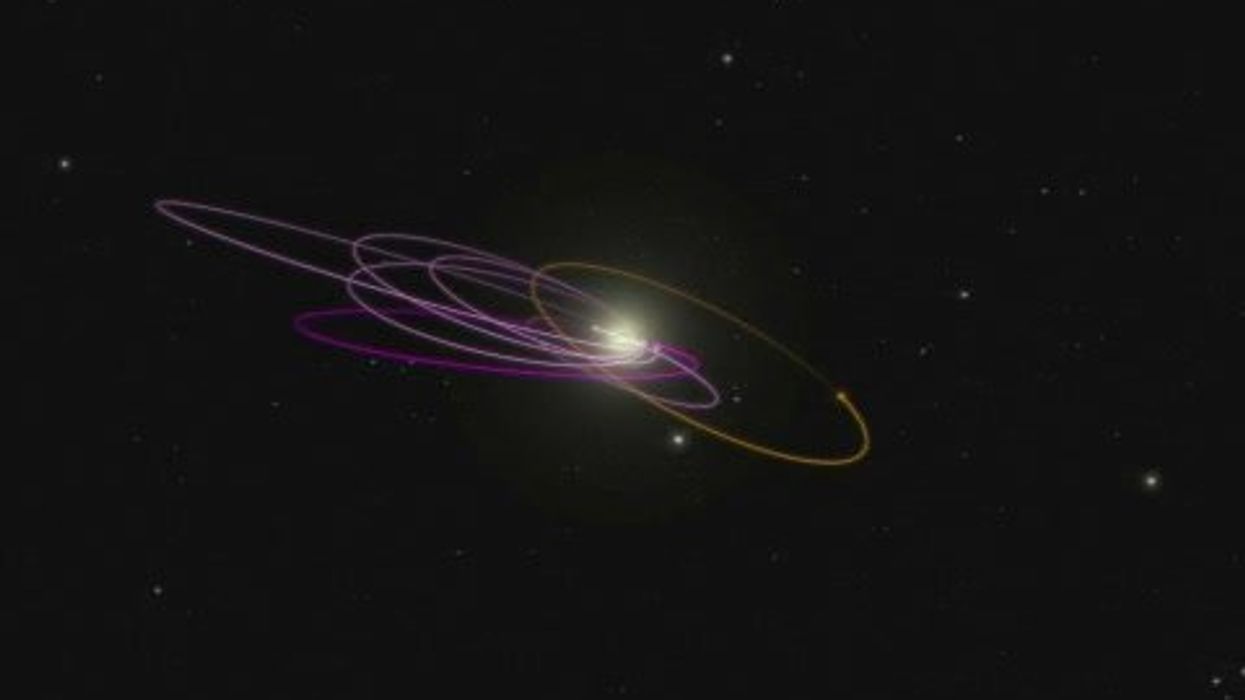Science & Tech
Ellie Abraham
Oct 17, 2023
Possible 9th planet discovered
content.jwplatform.com
In space, discoveries continue to be made that challenge scientific beliefs, as distant objects reveal the solar system is much bigger than first thought and the observation was previously made that a part of the sun is broken.
Now, there is evidence to suggest the existence of a ninth undiscovered planet that is at the very edge of the solar system and could point towards evidence that our understanding of gravity is wrong.
The discovery was made by two scientists who studied the effects that the Milky Way galaxy had on objects in the solar system’s outer edge.
Galaxies are able to rotate extremely fast without any of their contents escaping, and most experts believe that the existence of dark matter might explain why.
Dark matter is invisible and does not emit, nor reflect light, and it is hypothesized that galaxies are surrounded by dark matter rings that bind the galaxies together in their own gravitation pull and stop them from emitting material.
But now, the gravitational theory of Modified Newtonian Dynamics (MOND) may suggest that dark matter is not why galaxies stay intact despite staggering rotational speeds.
Instead, some believe that under the rotational velocities experienced by galaxies, a new kind of gravitational behaviour occurs.
Case Western Reverse scientist Harsh Mathur, explained: “MOND is really good at explaining galactic-scale observations, but I hadn’t expected that it would have noticeable effects on the outer solar system.”
Planet 9 comes into play because objects in the Kuiper belt (the disk that surrounds the outer edges of the solar system) were observed clustering and exhibiting orbital anomalies that do not occur with other objects in the belt.
Experts believe this may be due to the presence of an undiscovered ninth planet, as this is a phenomenon that occurred before with the discovery of new planets as their gravitation pull attracts other solar system objects.
Katherine Brown, Hamilton College professor of physics, said: “We wanted to see if the data that support the Planet Nine hypothesis would effectively rule out MOND.”
Their study revealed that the hypothesis could be correct and could point towards the existence of Planet 9, but they urged that their dataset was very small, so no definitive conclusions could be made.
Brown explained: “Regardless of the outcome, this work highlights the potential for the outer solar system to serve as a laboratory for testing gravity and studying fundamental problems of physics.”
Sign up to our free Indy100 weekly newsletter
Have your say in our news democracy. Click the upvote icon at the top of the page to help raise this article through the indy100 rankings.
Top 100
The Conversation (0)














